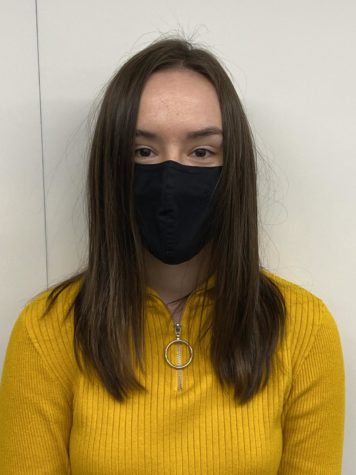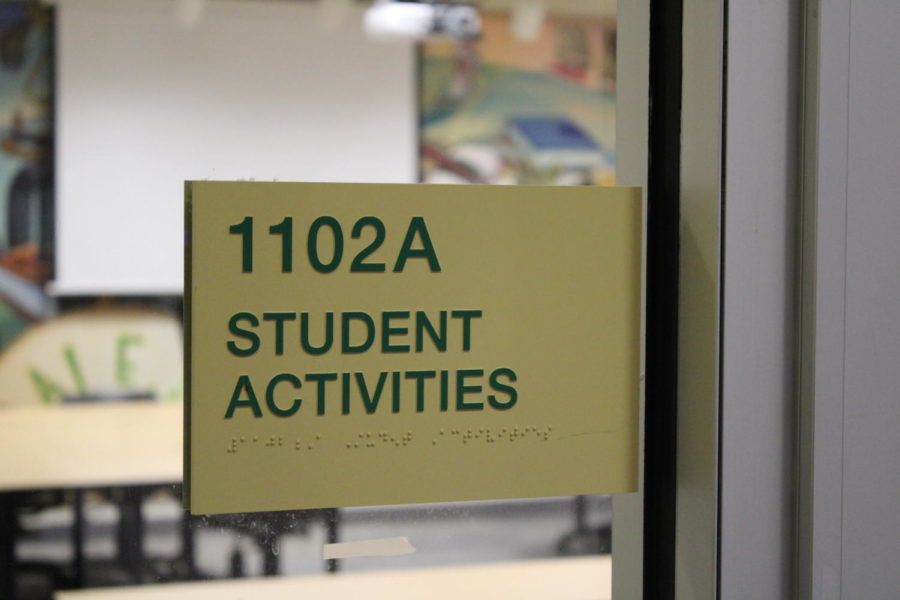Clubs, Cancellations & Changes
It’s been nearly two years since the COVID-19 era dawned, the effects of which still linger on the horizon for Stevenson clubs.
Following the end of winter break, the continuity of COVID-19 has led to cancellations and changes for Stevenson clubs. In response to the Omicron spike, clubs have remained fluid and flexible, altering not only where they meet but how. Adaptation and change have become the new normal.
Recently, the start of second semester brought with it lots of club meetings being canceled or rescheduled. Clubs like National Honor Society (NHS), with hundreds of members, have been especially impacted.
“We actually just postponed our first committee meeting to give more time for students to be cleared of potential COVID-19 cases that may have occurred over winter break,” NHS Sponsor Courtney Zabrin said. “We have also gotten guidance from administration to not have students meet if there’s not a specific reason to do so, especially larger groups of students.”
NHS, in addition to postponing committee meetings, had to modify their monthly general meetings in response to COVID-19 concerns. NHS’s first January general meetings all took place remotely via Zoom as opposed to a hybrid model with both remote and in person options, as in first semester.
In person meetings must follow COVID-19 safety protocols, masks are required and social distancing must be maintained. Other clubs have also adopted a hybrid meeting schedule to still meet with the constant concern of COVID-19 safety.
“There are clubs who had to change, who have had to pivot based on the circumstances that everyone is in,” Director of Student Activities Ted Goergen said. “Some clubs are remote, and they’re meeting via Zoom, and some clubs are in-person. It really is dependent on what the activities are that the club is engaged in and what the purpose of the organization is.”
Goergen works closely with club advisors when considering the where, when and how of club activities and meetings. When making these decisions, the question of whether or not the club can still be productive in a remote setting is contemplated.
“Obviously I love having students together in person,” Zabrin said. “But safety is the number one priority so if there’s a way for us to be doing things efficiently in a remote way we’re going to do it to keep people safe.”
Club meetings aren’t the only aspects of extracurriculars being impacted by COVID-19. Club events, such as the upcoming state competition field trip in February for Future Health Professionals (HOSA), are directly impacted by COVID-19. Hani Cho ’22, a member of HOSA, has experienced HOSA’s competitions both in person and remotely.
“In person it’s this whole weekend trip of hanging out, doing your events and then you go to an awards ceremony,” Cho said. “Versus on Zoom it’s just people muting and unmuting and a slideshow of the top ten. So obviously that’s very different.”
This year, HOSA’s field trip is set to be in person, but whether or not it will take place depends on the COVID-19 status in February. While COVID-19 does create barriers to the typical club experience, unexpected changes have also arisen.
“We’ve actually seen our participation in clubs and activities increase over time,” Goergen said. “Students are looking for a way to connect with their peers.”
According to Goergen, even remotely, clubs can offer the perfect outlet for students to get together and pursue common interests. Having the option to meet remotely also provides clubs with an element of flexibility in terms of timing and location.
“With virtual meetings I think it’s easier to attend a club in the comfort of your bed or just sitting on your couch and watching someone present,” Cho said.
Being able to Zoom from home has drawn more students to clubs, allowing them to experience something new without needing to stay after school. According to Goergen, Zoom provides another venue for clubs to take place, and that itself is a win.
“I think that clubs have worked out a really good system where they have gotten into a groove at this point and they know what works and what doesn’t work,” Zabrin said. “If their original plan doesn’t work, they know what a secondary option is which is nice to have in the back of your mind.”
According to Zabrin, it’s important for students to know that things are constantly evolving and to be ready for that. For now, the age of remote learning may have passed, but the age of Zoom is here to stay.
“The time that we are in right now is way different than where we were right before winter break,” Goergen said. “It’s just about constantly being able to respond to make sure that kids are safe, but also to make sure that they are able to stay involved.”




Isabel | Feb 2, 2022 at 12:35 pm
This is a very interesting and informative argument. It really stands out!